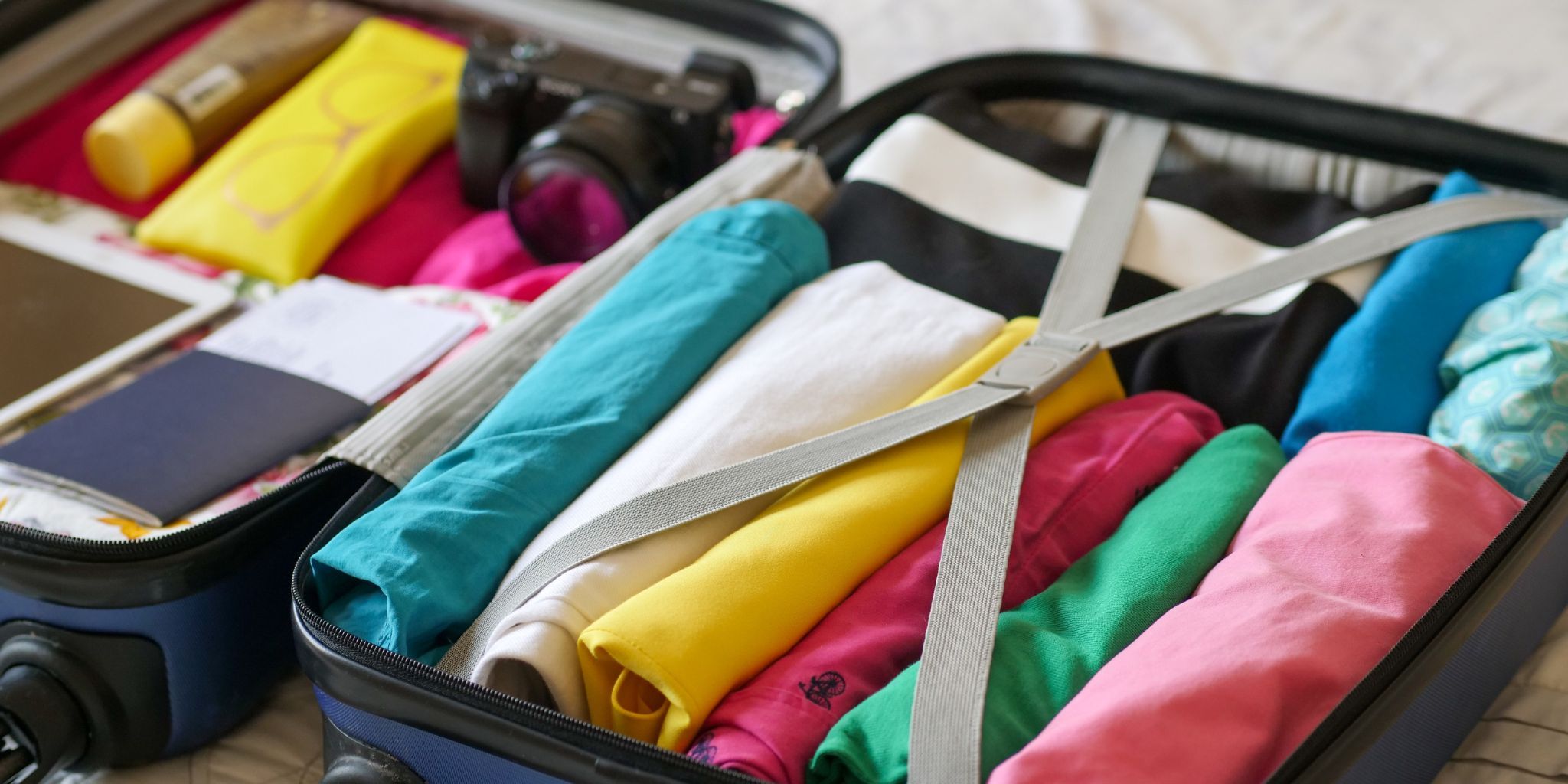Carry-on Luggage Buying Guide
Choosing the right carry-on luggage can significantly enhance your travel experience. With so many options available, understanding key features will help you select a product that best suits your needs.
Size and Airline Compliance
Always verify the external dimensions to ensure your luggage meets specific airline carry-on restrictions. These measurements include all protruding parts like wheels, handles (when retracted), and any front pockets. Major airlines typically adhere to a general guideline of around 22 x 14 x 9 inches. However, budget airlines and international carriers can have stricter or slightly different limits.
Beyond its physical dimensions, a bag's capacity is measured in liters (L). Its liter capacity tells you how much you can realistically fit inside. A larger liter number means more packing space. For reference, a typical international carry-on is usually between 35 and 45 liters.
Weight
Consider the empty weight of the luggage itself. A lighter bag allows you to pack more without exceeding airline weight limits, which some airlines enforce even for carry-ons. Every pound saved can make a difference in your packing capacity. Hardside bags with aluminum frames tend to be heavier than softside or flexible hardside materials. An average empty carry-on weighs around 7-8 pounds, but lighter options exist. Note that light weight means sacrificing durability.
Material
Hardside Materials:
- Polycarbonate (PC): Offers excellent impact resistance and flexibility, often bouncing back from dents. It's generally lighter and more expensive than ABS, and resistant to extreme temperatures.
- ABS (Acrylonitrile Butadiene Styrene): A lighter and more budget-friendly option, but typically less flexible and more prone to cracking under heavy impact compared to polycarbonate. It may show scratches more easily.
- Polypropylene (PP): Known for being the most lightweight and flexible hardside material, often used for designs that can withstand significant bending without breaking.
- Aluminum: Provides superior structural integrity, cutting-edge aesthetics, and enhanced security due to its rigid frame, but it's the heaviest and most expensive option, prone to denting (though not cracking).
Softside Materials:
- Nylon (e.g., Ballistic Nylon, Cordura): Highly durable and abrasion-resistant, often found in premium softside luggage. Ballistic nylon specifically is a very dense weave originally used for military applications, offering exceptional toughness.
- Polyester: A common and affordable material that offers good durability and water resistance for its price point. It can range in denier (thread density) which indicates strength, with higher deniers being more robust.
- Softside bags inherently offer more flexibility for squeezing into tight overhead compartments and almost always feature exterior pockets for quick access.
Wheels
- Spinner wheels (four wheels that rotate 360 degrees) offer effortless gliding in any direction, reducing strain, ideal for smooth airport floors.
- Two-wheel (roller) luggage typically has recessed wheels, making them more durable and less prone to breaking off. They perform better on uneven surfaces like cobblestones or carpet.
Security Features
- TSA-Approved Locks: is highly recommended. These locks have a universal master key that allows Transportation Security Administration (TSA) agents to open your luggage for inspection without damaging the lock or your bag. This is identifiable by a specific red diamond logo.
- Zippers vs. Latches: For traditional zippered bags, look for robust, self-repairing zippers (like YKK brand) and large pulls that are easy to grasp. For zipperless hardside luggage, ensure the latches are securely constructed and operate smoothly, providing a different level of security.

Final Thoughts
After diving deep into the world of carry-on luggage, I've truly seen the incredible variety out there! It's clear that what makes a bag "good" truly depends on your personal adventures. We've explored everything from robust materials and smooth-gliding wheels to those clever hidden pockets and even unique security features.
If you're like me and value enduring quality and smart organization, the Travelpro Platinum Elite Softside absolutely shines. It's the kind of bag that feels like it's been engineered by people who really understand travel, with those thoughtful touches like the wrinkle-free suiter and a truly reliable handle. But for those who prioritize a distinctive look and rock-solid security that stands apart from typical zippers, the UrbanExplorer 20-inch Zipperless Luggage truly caught my eye. It's a bold statement in durability, proving there's more than one way to keep your belongings safe and stylish. Happy travels, no matter which companion you choose!
FAQs
1. What is the best size for carry-on luggage?
For domestic flights in the USA, your carry-on bag must fit in the overhead bin, so the best size is 9 in x 14 in x 22 in. When measuring your bag, be sure to include wheels, handles (when retracted), and any front pockets.
International airlines often have slightly smaller restrictions, and some budget carriers can be stricter. Always verify the maximum dimensions with your specific airline before travel.
2. Will a 23 inch carry-on fit in overhead?
A 23-inch carry-on typically will not fit in the overhead bins of most major airlines, as the common maximum height is 22 inches. While some specific aircraft or airlines might have slightly larger bins, relying on a 23-inch bag to fit as a carry-on is risky and may lead to it being gate-checked.
3. What aren't you allowed in carry-on luggage?
The TSA prohibits various items in carry-on luggage for safety and security reasons: sharp objects (like knives or razor blades), flammable liquids and explosives, firearms and ammunition, and many self-defense items (e.g., mace, brass knuckles).
Liquids, gels, and aerosols are restricted to 3.4 ounces (100 mL) per container, fitting into one quart-sized bag. Always check the official TSA website if you are unsure about a specific item.
4. Does 15lb carry-on include handbag?
If an airline has a carry-on weight limit, it generally applies to the combined weight of your main carry-on bag and any personal item (like a handbag or small backpack). Many domestic U.S. airlines do not have weight limits for carry-ons, but international and budget airlines frequently do, so always check their specific policies.
5. Can I have a carry-on luggage and a bag?
Yes, on most airlines, you are typically allowed to bring one carry-on luggage (for the overhead bin) and one personal item (which must fit under the seat in front of you). The personal item commonly includes items like a purse, laptop bag, or small backpack. Always confirm the exact allowance with your airline, as some fare types (like Basic Economy) may have different rules.
6. Does a backpack count as a carry-on?
Yes, a backpack can count as either a carry-on item or a personal item, depending on its size and your specific airline's rules. Smaller backpacks that fit under the seat in front of you are generally considered personal items, while larger ones meeting specific dimensions can be stowed in the overhead bin as a carry-on. Always check your airline's guidelines for both size categories.























